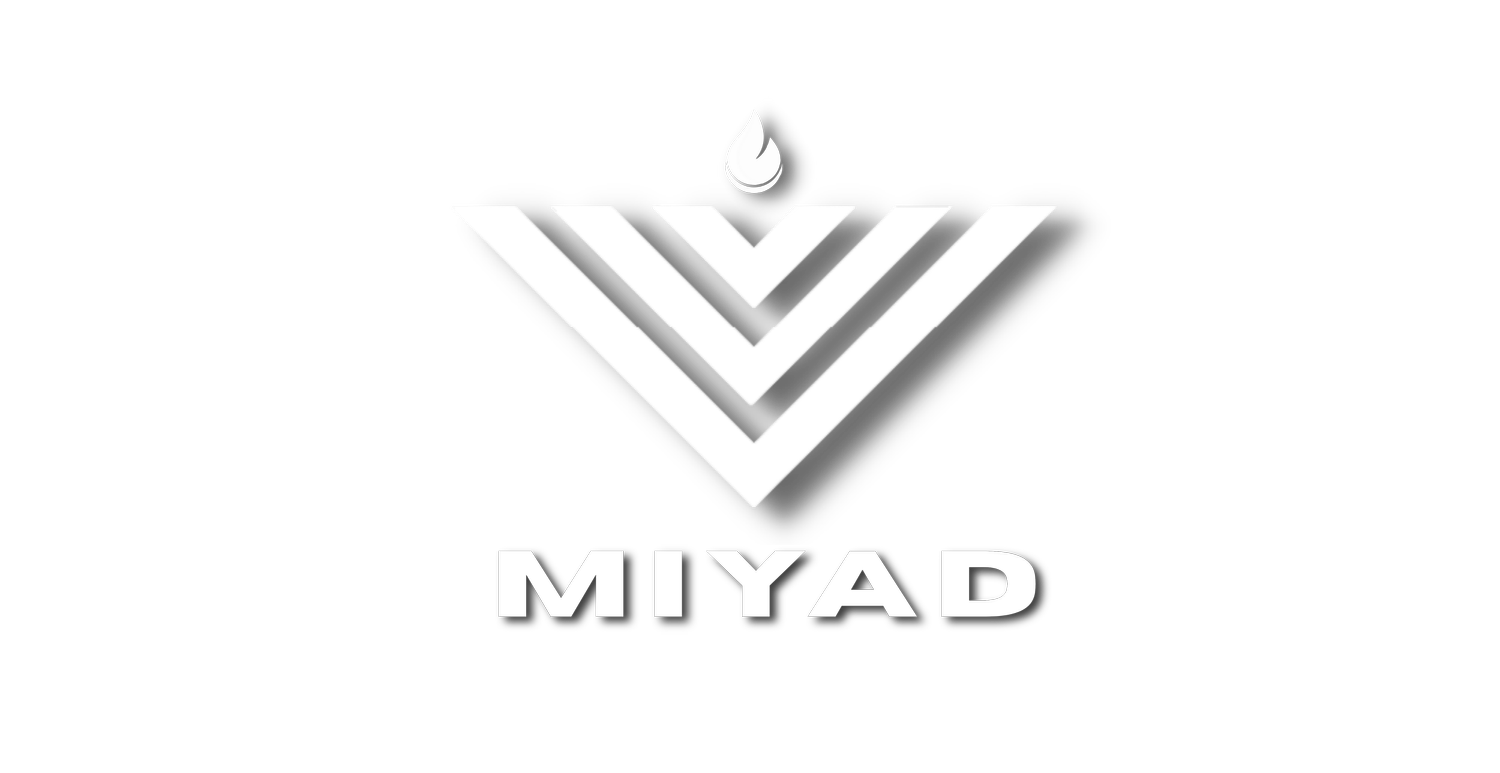The Eighth Day of Pesach: The Feast of Mashiach
Transforming the Belief in Mashiach into Reality
Mashiach’s Seudah is intended to deepen our awareness of Mashiach and enable us to integrate it into our thinking processes. The twelfth article of the Rambam’s Thirteen Principles of Faith is,4 “I believe with perfect faith in the coming of Mashiach. Even if he delays, I will wait every day for him to come.” Though all believing Jews accept this principle intellectually, for many the concept of Mashiach remains an abstraction. Partaking ofMashiach’s Seudah reinforces our belief in this principle, translating our awareness of Mashiach into a meal, a physical experience which leads us to associate this concept with our flesh and blood.
The Baal Shem Tov’s linking of our awareness of Mashiach to the physical is significant because it prepares us for the revelations of the Era of the Redemption. In that Era, the G‑dliness that is enclothed within the physical world will be overtly manifest; as the prophet Isaiah declared, “And the glory of G‑d will be revealed and all flesh will see it together.”5 At that time, “the glory of G‑d” will permeate even the physical aspects of the world — “all flesh.”
Chassidus explains6 that the preparations for a revelation must foreshadow the revelation itself. Since, in the Era of the Redemption, the revelation of G‑dliness will find expression even in the physical world, it is fitting that our preparation for these revelations be associated with physical activities such as eating and drinking.
Transforming the Worldly
Mashiach’s Seudah, as mentioned above, is held on the Eighth Day of Pesach. The Torah originally commanded us to celebrate Pesach for seven days. When our people were exiled, however, a certain degree of doubt arose regarding the exact date on which the holidays should be celebrated. To solve the problem of determining the Jewish calendar in exile, our Sages added an extra day to each festival. In other words, the Eighth Day of Pesach had been an ordinary day, but through the power endowed by the Torah, the Jewish people were able to transform it into a holy day.
When Mashiach comes, a similar transformation will occur throughout all of creation. Even the material and mundane aspects of the world will reveal G‑dliness. Celebration of Mashiach’s Seudah on the Eighth Day of Pesach — once an ordinary day, now transformed — anticipates the kind of transformation that will characterize the Era of the Redemption.
Why the Baal Shem Tov?
That the Baal Shem Tov originated the custom of Mashiach’s Seudah is particularly fitting. Once in the course of his ascent to the heavenly realms on Rosh HaShanah,7 the Baal Shem Tov encountered the Mashiach and asked him, “When are you coming?” The Mashiach replied, “When the wellsprings of your teachings spread outward.”
The goal of the Baal Shem Tov’s life was to prepare us for Mashiach, and the institution of Mashiach’s Seudah was part of that life’s work.
The Contribution of Chabad
Like many other teachings of the Baal Shem Tov, the custom of conductingMashiach’s Seudah was explained and widely disseminated by the successive Rebbeim of Chabad. Moreover, in 5666 (1906) the RebbeRashab (the fifth Lubavitcher Rebbe) added a new element to Mashiach’s Seudah, the drinking of four cups of wine.8
During the time of the Baal Shem Tov, the main ingredient of Mashiach’s Seudah was matzah. The tasteless flatness of matzah symbolizes selfless humility, a desire to transcend oneself. Wine, by contrast, is flavorful and pleasurable, and thus symbolizes the assertiveness of our individual personalities. Combining matzah and wine in Mashiach’s Seudah teaches us that self-transcendence does not require that we erase our personal identities.
Self-transcendence may be accomplished within each individual’s nature. A person can retain his distinctive character and identity, yet dedicate his life to spreading G‑dliness instead of pursuing personal fulfillment. Once he has fundamentally transformed his will, an individual can proceed to a more complete level of service of G‑d in which his essential commitment permeates every aspect of his personality.
This innovation of the Rebbe Rashab exemplifies the comprehensive contribution of Chabad Chassidus to the legacy of the Baal Shem Tov. The Baal Shem Tov taught each Jew how to reveal his essential G‑dly nature and thus rise above his personal identity. Chabad, an acronym for the Hebrew words Chochmah, Binah and Daas (“wisdom, understanding and knowledge”), brings the Baal Shem Tov’s teachings into the realm of the intellect, allowing them to be integrated and applied within each individual’s personal framework.
The Mission of Our Generation
Our generation has been charged with the responsibility of making all Jews aware of Mashiach — and this includes the custom of conductingMashiach’s Seudah. This mission is particularly relevant in our day, for the Jewish people have completed all the divine service necessary to enableMashiach to come. As the Previous Rebbe expressed it, “We have already polished the buttons.”9 Mashiach is waiting: “Here he stands behind our wall, watching through the windows, peering through the crevices.”10The walls of exile are already crumbling, and now, in the immediate future,Mashiach will be revealed.
There are those who argue that speaking openly about the coming ofMashiach may alienate some people. The very opposite is true. We are living in the time directly preceding the age of Mashiach. The world is changing and people are willing, even anxious, to hear about Mashiach. It is thus our duty to reach out and involve as many people as possible in the preparations for his coming.
These endeavors will escalate the fulfillment of the prophecies of theHaftorah recited on the Eighth Day of Pesach:11 “A shoot will come forth from the stem of Yishai..., and the spirit of G‑d will rest upon him” — with the coming of Mashiach, speedily in our days.
Adapted from Likkutei Sichos, Vol. VII, pp. 272-278; the Sichos of the Last Day of Pesach, 5722

